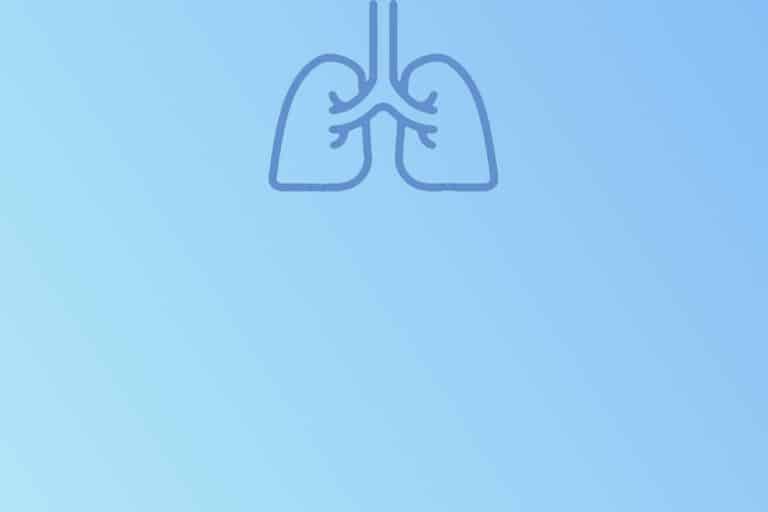Persistent ductus arteriosus
Persistent ductus arteriosus (PDA) connects aorta with main pulmonary artery (MPA) (or left pulmonary artery – LPA) and during fetal life serves as important right-left shunt => mixed blood flowing from the pulmonary artery to the descendant aorta and supplying the lower half of the body.
PDA prenatally remains open due to low partial pressure of oxygen in the arterial blood (PaO₂ ≈ 25 mmHg) and elevated levels of prostaglandins. Potential antenatal closure of ductus arteriosus (ductus Botalli) can lead to increased pulmonary hypertension and fetal demise.
Postnatally, the pulmonary vascular resistance lowers and systemic vascular resistance rises => reverse shunting through the duct (to left-right) + increased partial pressure of oxygen in the arterial blood (including vasa vasorum) (PaO₂ ≈ 70-100 mmHg) + change in prostaglandin metabolism => closure of the arterial duct (functional). Anatomical closure happens through proliferation of endothelium (tunica intima) and becomes ligamentum arteriosum.
Term infants: arterial duct constricts and functionally closes by 72 hours of age (if the duct does not close by this time => PDA => typical for preterm infants)
Preterm infants: the rate of PDA closure inversely proportional to gestational age (GA) {PDA likely to close spontaneously if GA > 28 weeks (70%) and BW > 1000g (90%)} due to mechanism preventing the closure in preterm infants
- high levels of prostaglandins
- hypoxemia
- nitric oxide produced in PDA (vasodilatation effect)
Pathophysiology of PDA leads to excessive pulmonary blood flow and compromised organ perfusion
- Increased cardiac output (left ventricle) => Progressive dilatation of left ventricle
- Increased pressure in the left atrium => left-side heart failure => Pulmonary edema => exacerbated respiratory distress (decreased lung compliance) => right-side heart failure
- Redistribution of blood flow => compromised organ perfusion
→ bowel = ileus
→ kidneys = renal failure
→ brain = cerebral hypoperfusion
Other adverse events (the extent to which they are attributable to the hemodynamic consequences of PDA is unknown) include
- prolonged mechanical ventilation
- respiratory distress syndrome (RDS)
- increased mortality
- bronchopulmonary dysplasia (BPD)
- pulmonary hemorrhage
- necrotizing enterocolitis (NEC)
- intraventricular hemorrhage (IVH)
- periventricular leukomalacia (PVL)
Diagnosis
Risk factors associated with increased incidence of PDA
- prematurity
- respiratory distress syndrome
- parenteral fluids overload
- perinatal asphyxia
- congenital abnormalities (viral infections; trisomies)
- low oxygen environment (high altitude)
- congenital heart disorders (aortic coarctation; transposition of great arteries; total anomalous pulmonary venous return)
Risk factors associated with decreased incidence of PDA
- antenatal corticosteroids
- intrauterine growth restriction (Fetal Growth)
- premature rupture of membranes (PROM)
Clinical Signs
- Low diastolic blood pressure (also systolic or mean)
- Systolic murmur (2nd-3rd intercostal region left of sternum)
- Hyperdynamic precordium /apex (increased cardiac output)
- Intensified peripheral pulses (e.g. femoral and brachial arteries)
- Significant systolic-diastolic difference (suboptimal splanchnic and renal perfusion)
- Congestive heart failure (cardiomegaly, hepatomegaly, pulmonary edema causing tachypnea and/or dyspnea)
Laboratory Findings
- Hypercapnia
- NT-proBNP (N-terminal fraction of proBNP – prohormone that transforms NT-proBNP (half-life 60 minutes) and BNP = brain natriuretic peptide => produced by ventricular myocardium through increased intraventricular pressure or preload)
Imaging
- Echocardiography (see below)
- Chest X-ray (pulmonary edema; cardiomegaly)
Echocardiography (Persistent ductus arteriosus)
Echocardiography (combined with Doppler) remains the gold standard for detecting and evaluating the hemodynamic significance of the PDA !
ECHO signs of hemodynamically significant PDA (HS-PDA):
PDA diameter (as measured in the narrowest part)
- small PDA < 1.5 mm
- medium PDA 1.5 – 3.0 mm
- large PDA > 3.0 mm
PDA flow pattern
- restrictive (end-diastolic velocity > 2 m/s)
- non-restrictive (end-diastolic velocity < 2 m/s)
Pulmonary artery flow turbulence
- indirect sign of HS-PDA
Left atrium dilatation
- Left atrium to Aorta (LA/Ao) ratio > 1.5
- LA/Ao measured by M-mode at LA and Aortic valve
Organ perfusion alterations
- a. mesenterica superior, a. renalis, ao. abdominalis
- decreased, absent or retrograde diastolic blood flow (“steal phenomenon”)
Diastolic flow in the left pulmonary artery (LPA)
- small PDA < 0.3 m/s
- medium PDA < 0.5 m/s
- large PDA > 0.5 m/s
PDA to LPA
- PDA/LPA diameter ratio > 1 signifies HS-PDA
Therapy
Ventilation & Circulation
- Increase PEEP (positive end-expiratory pressure) to ameliorate pulmonary edema and reduce left-right shunting
- Parenteral fluid restriction (fluid restriction to 130 ml/kg/day following the third day of life)
- Maintain hematocrit > 40 %
Pharmacology
INDOMETHACIN
(prostaglandin synthesis inhibitor)
- Prophylaxis: 0.1 mg/kg/dose once daily (3-6 days) => besides PDA closure, the drug can reduce the risk of intracranial and pulmonary hemorrhage (however, no improvement in long-term outcome and drug can be given to newborns that would not probably require therapy at all
- Early treatment: 0.1 – 0.2 mg/kg/dose twice daily (3-6 days)
- Late treatment: 0.2 mg/kg/dose (1st dose) => 0.25 mg/kg/dose twice daily (subsequent doses; 3-6 days); late treatment => after first week of life
- Adverse Effects: oliguria; gastrointestinal bleeding; thrombocytopathy
IBUPROFEN
(non-selective cyclooxygenase inhibitor => reduced prostaglandin production with less adverse effects on renal/mesenteric circulation => drug of choice for PDA treatment)
- Prophylaxis: not recommended
- Early + Late treatment: 10 mg/kg/dose (1st dose) => 5 mg/kg/dose once daily (subsequent doses; 3 days – can be repeated after 48 hours)
- Adverse Effects: oliguria; gastrointestinal perforation; thrombocytopenia
PARACETAMOL
(prostaglandin synthesis inhibitor => viable option in patient with contraindications to use ibuprofen; e.g.: necrotizing enterocolitis; gastrointestinal perforation)
- Prophylaxis: not recommended
- Early + Late treatment: 15 mg/kg/dose 6-hourly (2-6 days)
- Adverse Effects: liver function tests elevation
Surgery – PDA Ligation
- Indicated in patients with HS-PDA where conservative and pharmacological closure was not successful
- Mortality < 1% (performed in the NICU)
- Relatively high morbidity (bronchopulmonary dysplasia; retinopathy of prematurity; neurologic impairment) due to later PDA treatment and surgery itself
- Complications: post-ligation syndrome; infection; hemorrhage
References
① McNamara PJ, Sehgal A. Towards rational management of the patent ductus arteriosus: the need for disease staging [published correction appears in Arch Dis Child Fetal Neonatal Ed. 2008 Jan;93(1):F78]. Arch Dis Child Fetal Neonatal Ed. 2007;92(6):F424-F427. doi:10.1136/adc.2007.118117
② Ohlsson A, Shah PS. Paracetamol (acetaminophen) for patent ductus arteriosus in preterm or low-birth-weight infants. Cochrane Database Syst Rev. 2015;(3):CD010061. Published 2015 Mar 11. doi:10.1002/14651858.CD010061.pub2




